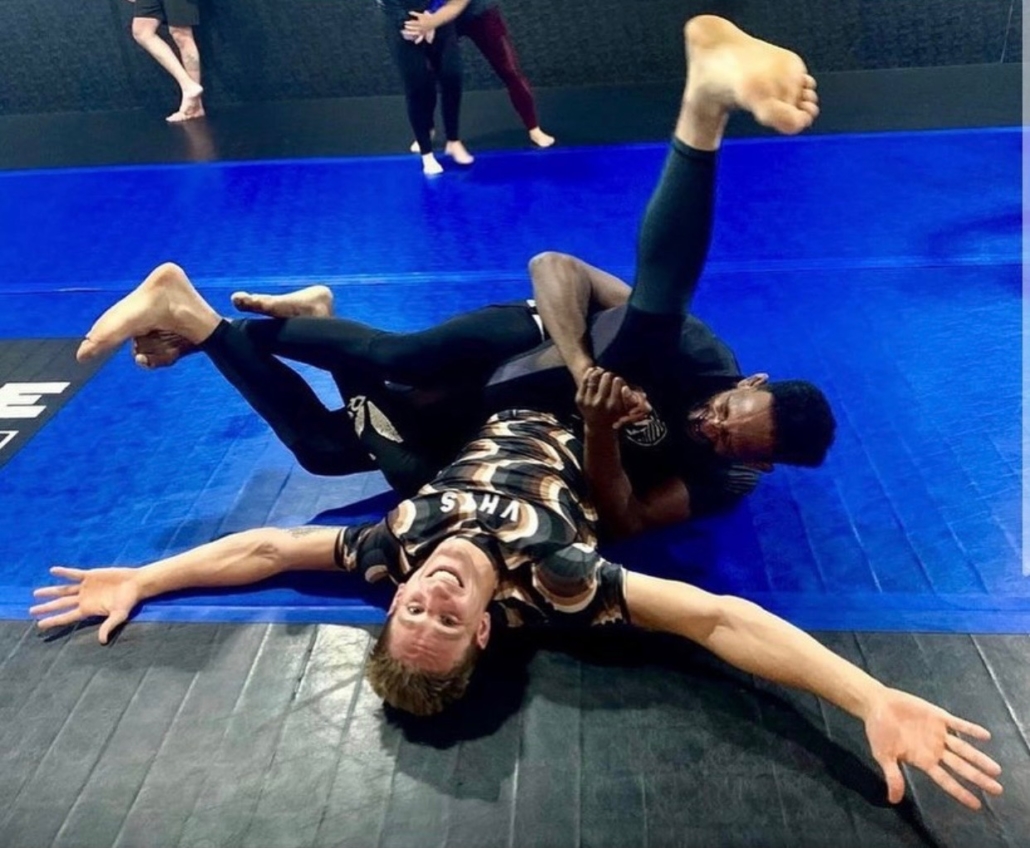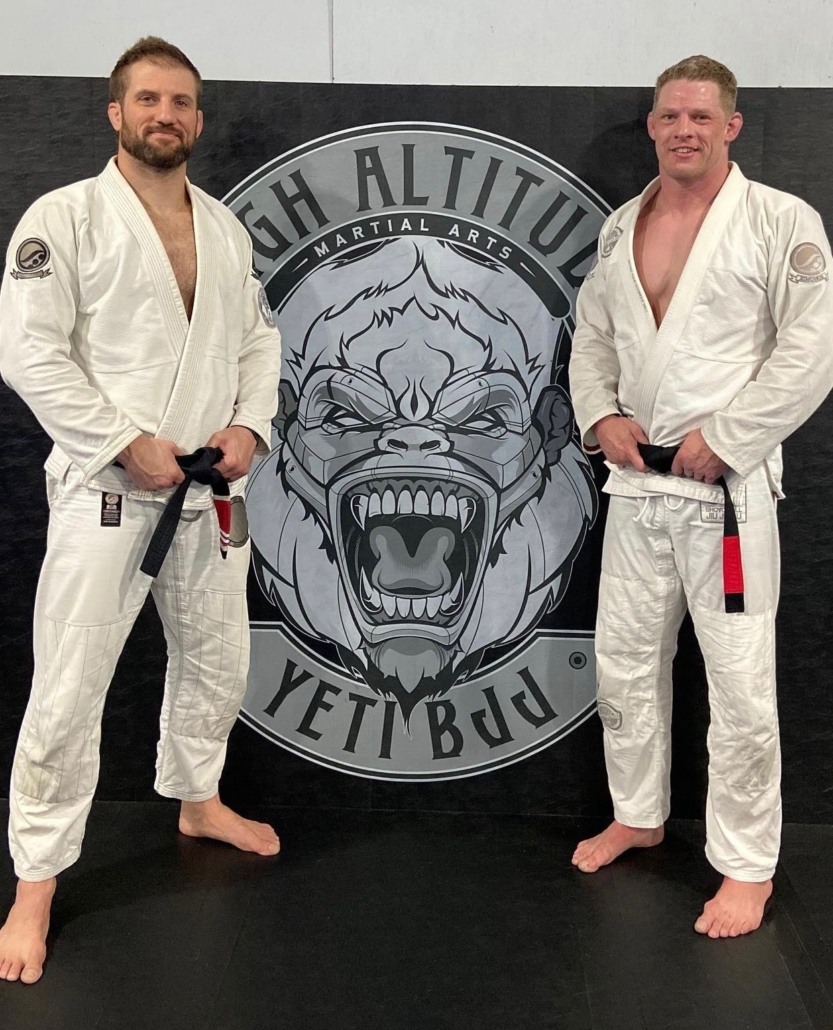The first question someone will ask a fellow jiu jitsu practitioner when they meet them is “gi or nogi?”. The answer to this question reveals a lot about the techniques used for training, and how that translates over into the individual’s overall skill. There is no perfect answer, one style of training is not better than the other. But the differences are noticeable during class, competition, and self defense.

Nogi in training:
- Nogi classes generally focus on a self defense perspective for applying jiu jitsu. The reason being is that the nogi techniques are generally closer to a real world perspective.
- Without certain grips available, nogi practitioners can rely on pain compliance and brute force for techniques and submissions.
- While more technical and swift techniques are available in nogi, it is more intuitive to use power when there’s nothing between the two fighters.
Nogi in competition:
- Most nogi competitions are won by submission, as most nogi-focused gyms train to submit. This reflects the more power-focused techniques used during training.
- Without grips on the gi, opponents become especially slippery and hard to grab during a competition. Stripping grips is much easier, which is why most nogi competitors will maintain dominance by staying on top.
- In the same way, wrestlers find the transition to nogi much more intuitive than to gi, since the grips are similar. Wrestlers, too, rely on strength and force to win matches.
- This mindset and competition style is shared with nogi jiu jitsu practitioners.
Nogi in self defense:
- Basic concepts such as having a solid base and having safe hand placement are beneficial to any self defense situation.
- Another benefit of nogi training is that most practitioners have felt the force and weight of someone bigger and stronger than them.
- An attacker is most likely going to be the same size if not bigger than their target, and having past experience of pushing through that size difference can be crucial.
- Defending oneself is never easy, but the steps taken to prepare can make a potential attack less overwhelming.
- During an attack, someone may not be wearing loose or easily available clothing, so nogi experience is necessary.
Gi in class:
- In class, gi training can be just as intense and valid as nogi training, but there is more emphasis on the technique of the art, as opposed to the physical grappling involved.
- Gi classes tend to be lecture style, with drills for application throughout.
- While both gi and nogi classes still roll and push themselves, gi drills can be done without breaking a sweat. This is due to the difference in techniques.
- Gi training relies heavily on attachments and leverage to get to a dominant position or defend oneself. While physical strength can help, it’s not required for most of the gi techniques.
- This gentler approach makes gi training especially ideal for women and children, since they can effectively dominate and submit an opponent that is bigger and stronger than them.
Gi in competition:
- In competition, gi presents itself differently. Many gi competitors rack up points and only try for submissions if they present themselves. But they won’t give up a position for a submission.
- While relying on techniques, gi competitors can maintain control over an opponent even in an absolute division (where an opponent can be twice their size).
- This doesn’t mean that gi practitioners do not attempt or have submissions up their sleeve. Some submissions actually rely upon the gi, and cannot be performed in nogi.
- One such example is the Ezekiel choke. The Ezekiel choke utilizes the sleeves of the gi to choke one’s opponent. This isn’t applicable in nogi competition, where one cannot use clothing to attack or defend.
Gi in self defense:
- In self defense, gi styled jiu jitsu helps one use their clothing or their attackers clothing to their advantage. While most people won’t walk around in a gi, the gi is designed to simulate real clothing–a jacket and pants.
- There are lapel chokes that can be demonstrated using any jacket. Some lapel chokes can even be performed on a regular t-shirt, and most pants are easy to grip.
- The attachments are for off-balancing an opponent, isolating a limb, or maintaining overall control of the person.
- While some nogi grips can be easily stripped in self defense due to brute strength, gi grips and attachments on clothing are secure and require less energy.
Both:
- While each style has its pros and cons, a martial artist cannot be fully educated until they consistently train both gi and nogi. They’re two sides of the same coin, and any well-rounded grappler will learn from both.
- In training, competition, and self defense contexts, both gi and nogi are beneficial styles to learn. If you’ve only trained one, try another, and you’ll be introduced to a new friend in martial arts.
At High Altitude Martial Arts, we offer both! Our Nogi program is the breeding ground for high level MMA fighters. And our Gi program serves men, women, and children with goals ranging from self defense, fitness, and competition training. We are a proud affiliate of Easton Training Centers has been serving the Denver area for over 20 years.





